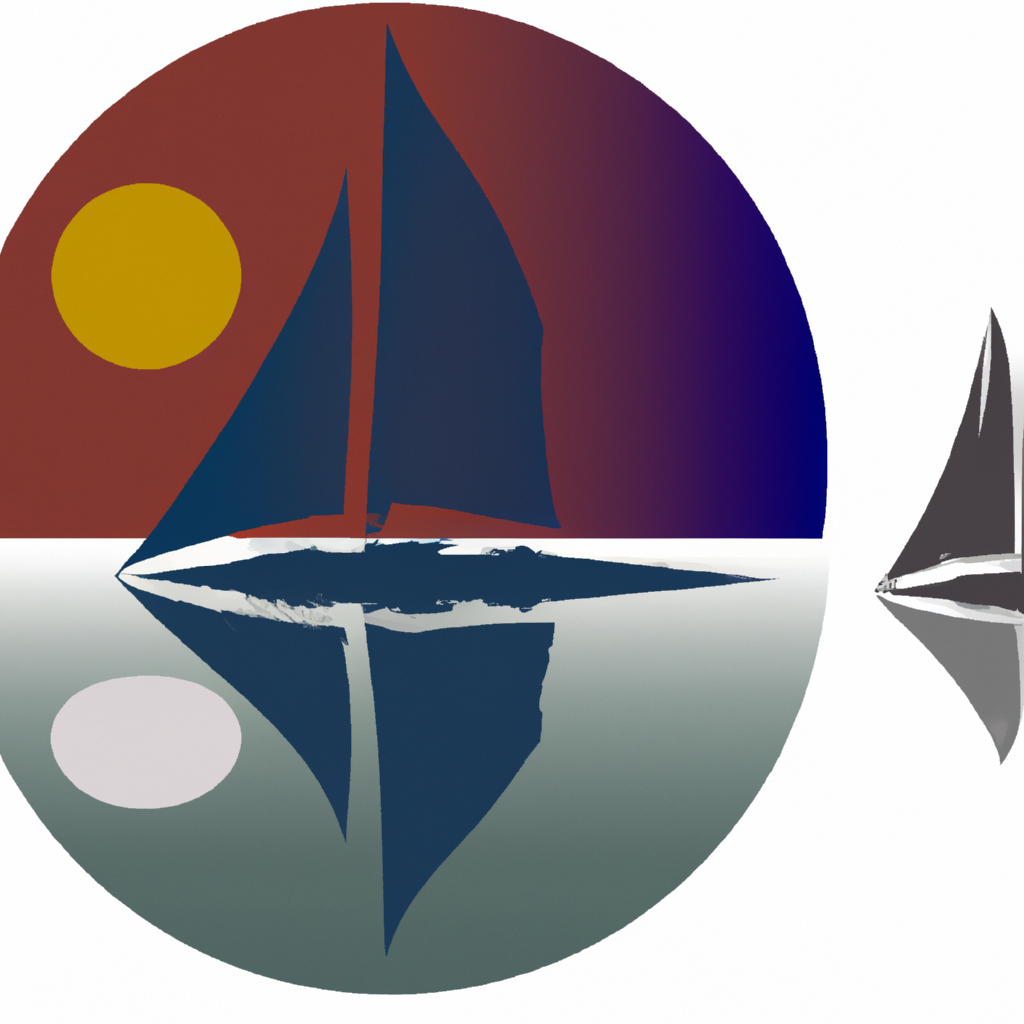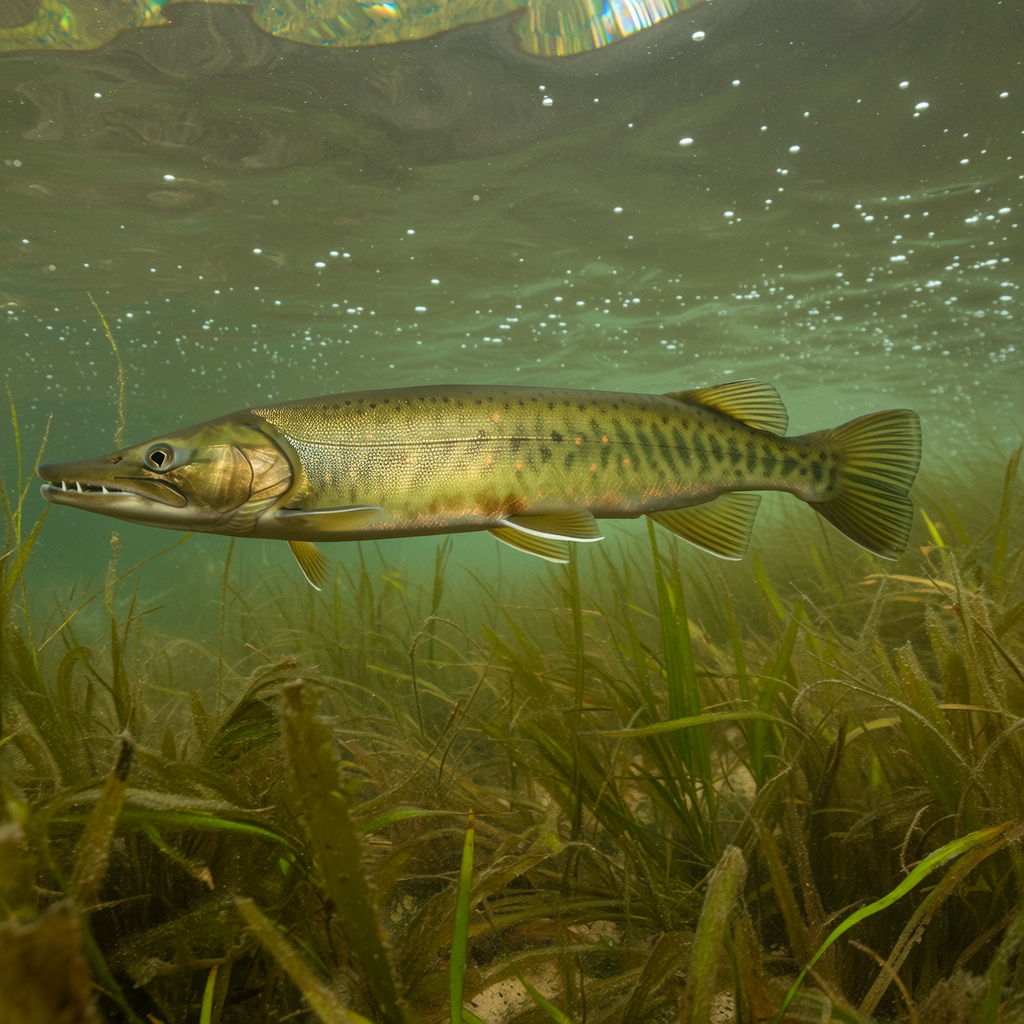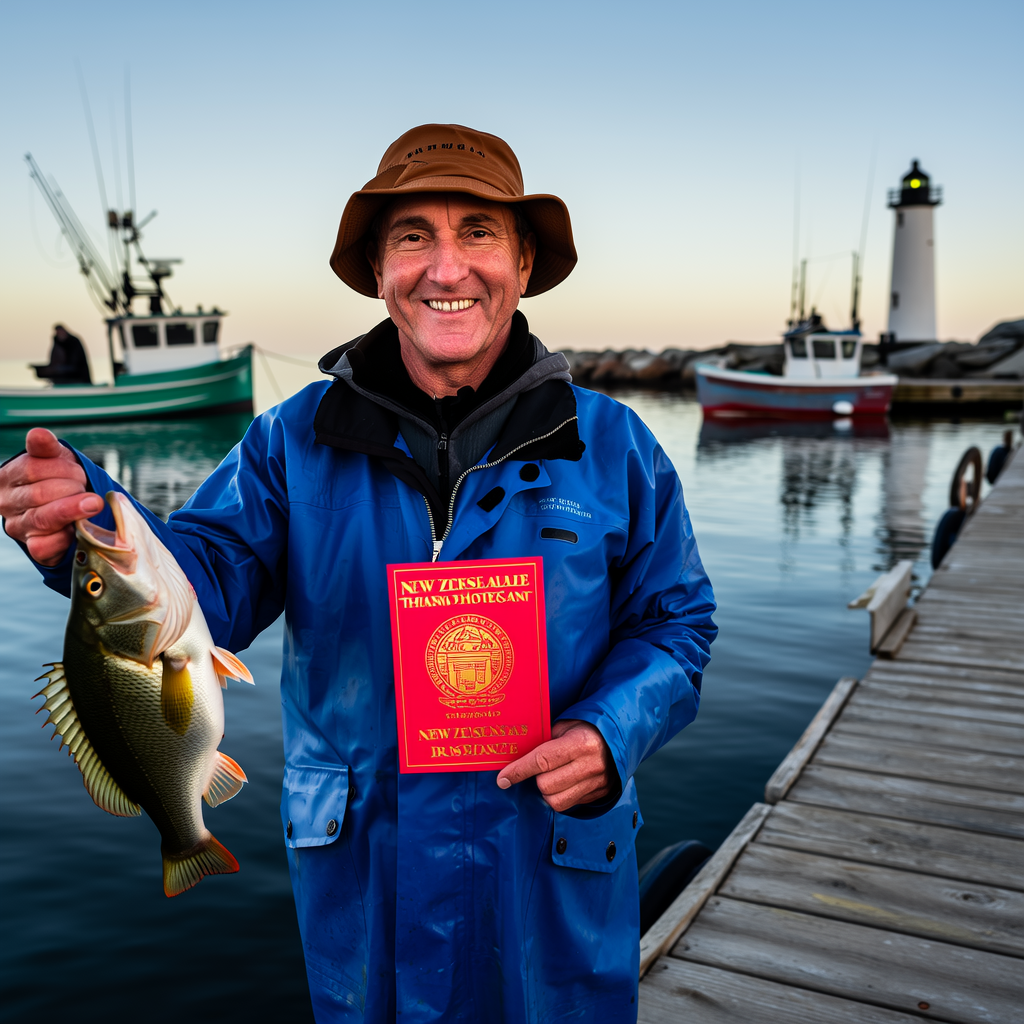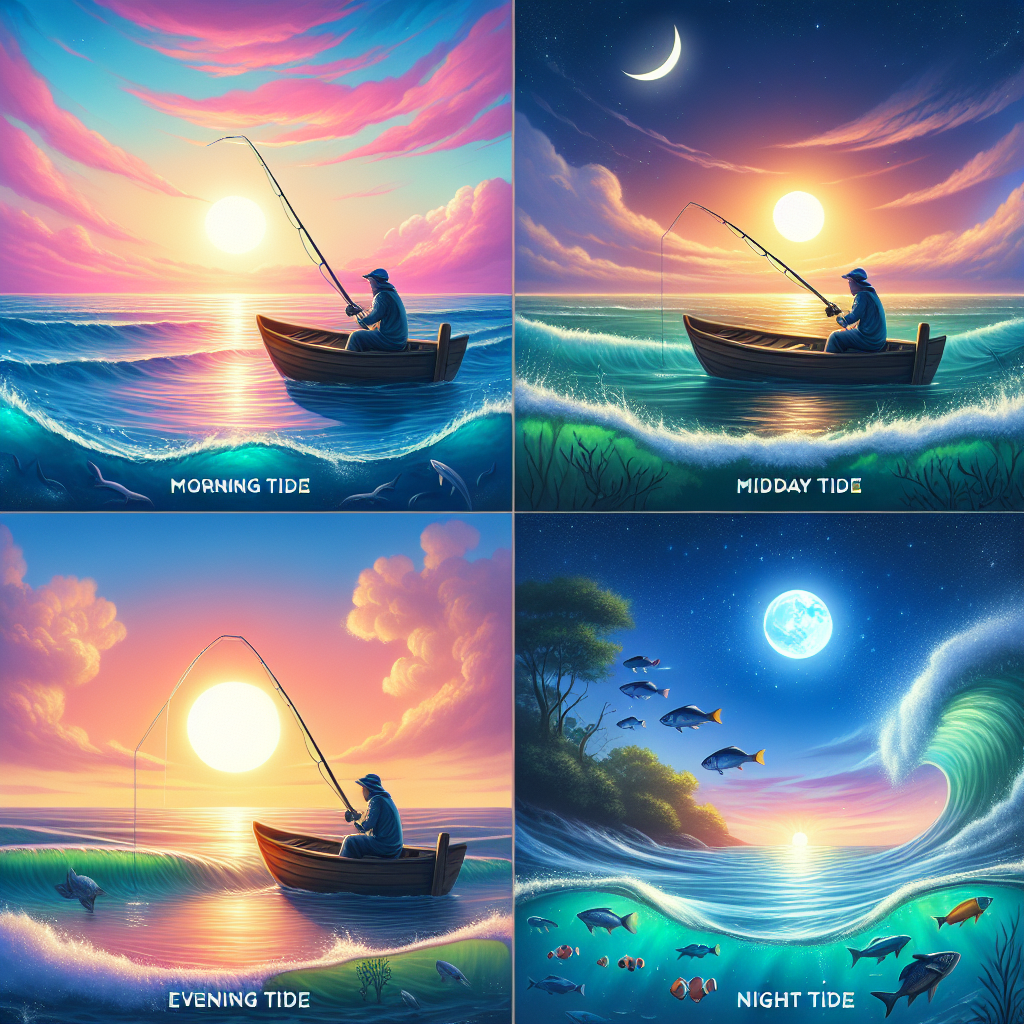Introduction
Understanding tides is essential for a successful fishing trip. Anglers must know how to take advantage of tides because they have a major impact on fish behavior. This comprehensive guide will take you into the world of tide fishing and give you all the information that you need to become an expert tide angler.
What are fishing tides?
The regular rise and drop of ocean water levels is caused by the gravitational pulls of the sun and the moon. These tides influence the behavior and movement of fish as they determine the flow of water.
Types of Tides
Anglers should be aware of two types of tides: high tides, and low tides. High tides are when the level of the water reaches its highest point. Low tides are when it drops to its lowest level. There are also neap and spring tides. Neap tides are weaker and occur when the moon and sun are at an angle to each other. Spring tides are stronger and occur when sun and Moon are aligned.
How do tides impact fishing?
The tides are crucial in determining the location of fish and their feeding habits. As the water level rises or falls, currents are created that carry nutrients and food to fish. During high tides fish move closer to the shore to feed on incoming tides. During low tides fish may move deeper water or find sheltered areas.
Best times to fish based on tides
Knowing the best times to go fishing based on the tides will increase your chances of landing fish. Fishing during the hours before and after high tide is generally productive for many anglers, as it is when the fish are most active. Fishing during low tide is also possible, especially if you are fishing in areas with structures or cover, where fish may seek refuge.
Tide Charts & Predictions
A tide chart or table of tide predictions is one of the best tools to plan your fishing trips. These charts give you information about the predicted heights and times of the tides at a particular location. You can then plan your fishing trips accordingly. A tide chart will help you determine the best time to fish, based on the tides.
Fishing Techniques for different Tides
Depending on whether the tide is high or low, different techniques can be more effective. Fishing near structures such as rocks or jetties during high tide can be productive as fish are likely to be looking for shelter or feeding as the tide is coming in. Fishing in deeper water during low tide or using lures which mimic injured baitfish is effective for attracting fish.
Considerations to Make When Fishing at Tides
Anglers can maximize their success by taking into consideration several factors when fishing tides. Included are the moon phase, the weather conditions, the water temperature, as well as the presence of prey or baitfish. You can increase your chances to catch a large fish by adjusting your strategy based on these factors.
Key Tips for Fishing Tides
Here are some tips to remember when fishing at tides.
1. Be aware of tide heights and times
2. Fishing during the hours before and after high tide
3. Structure and cover can be used to your advantage
4. Try out different lures and baits
5. Be flexible and willing to adapt strategies to changing conditions
Conclusion
Understanding fishing tides will help any angler improve their success. Knowing how tides affect fish behavior and feeding habits will help you plan your fishing trips strategically and increase your chances to land a trophy catch. This guide will equip you with the tools and knowledge to take your angling to the next level.




